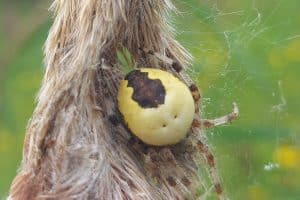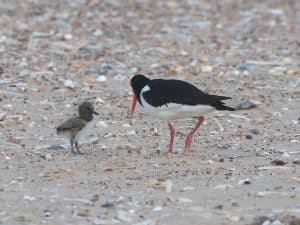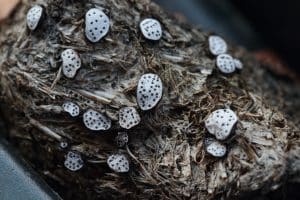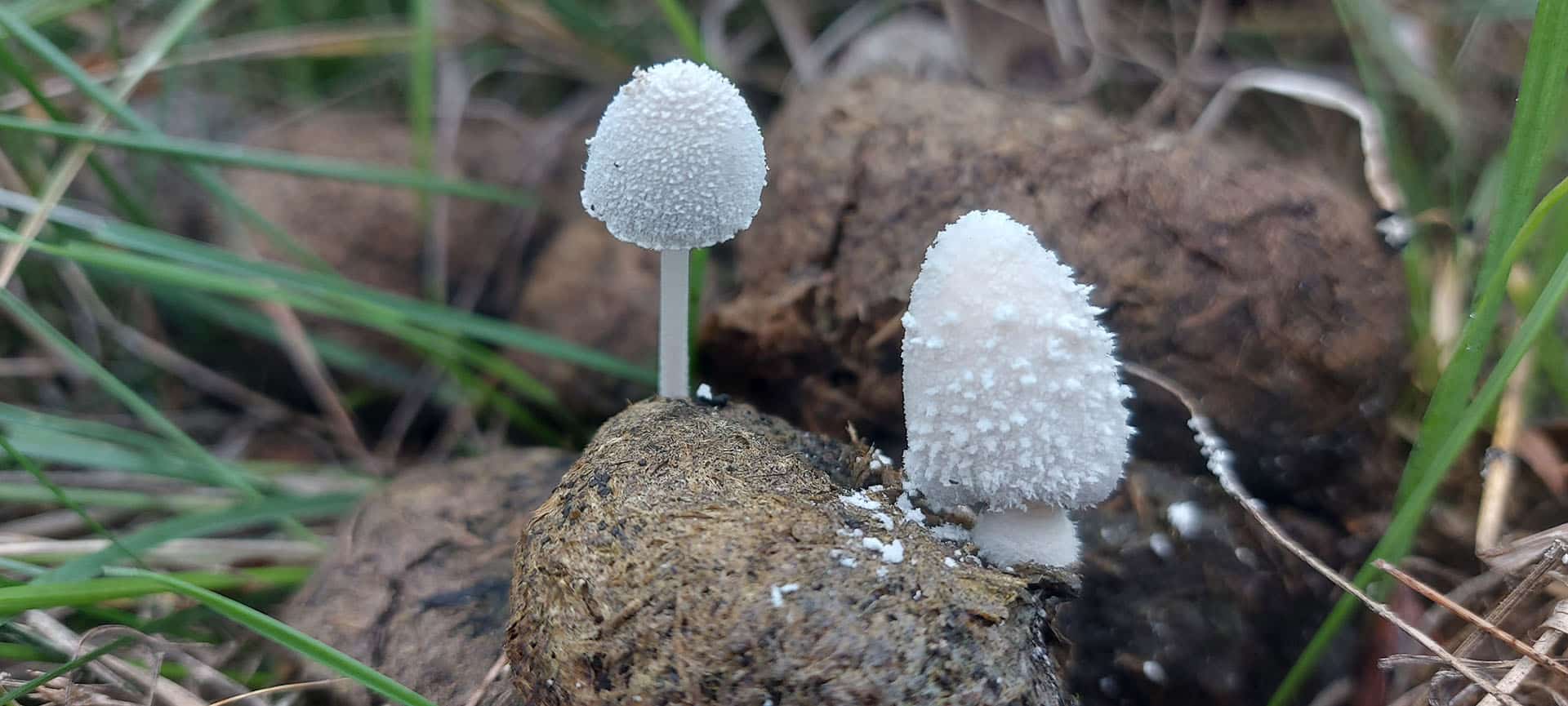
Conservation conversations: October 2025 on the Holkham National Nature Reserve
October 30, 2025 | Nature news | 3 minute read
With an east wind blowing across the North Sea mid-month there was a flurry of migrants from eastern Asia. This in turn brought the birdwatchers out in number to search for the unexpected. Exciting Asian breeding species such as Red-flanked Bluetail, 3 Pallas’s Warblers, 2 Dusky Warblers, a Radde’s Warbler, Red-throated Pipit, Richard’s Pipit and a Hume’s Warbler were all found on the reserve among more common species such as Crossbills, Redwings, Bramblings and Yellow-browed Warblers.
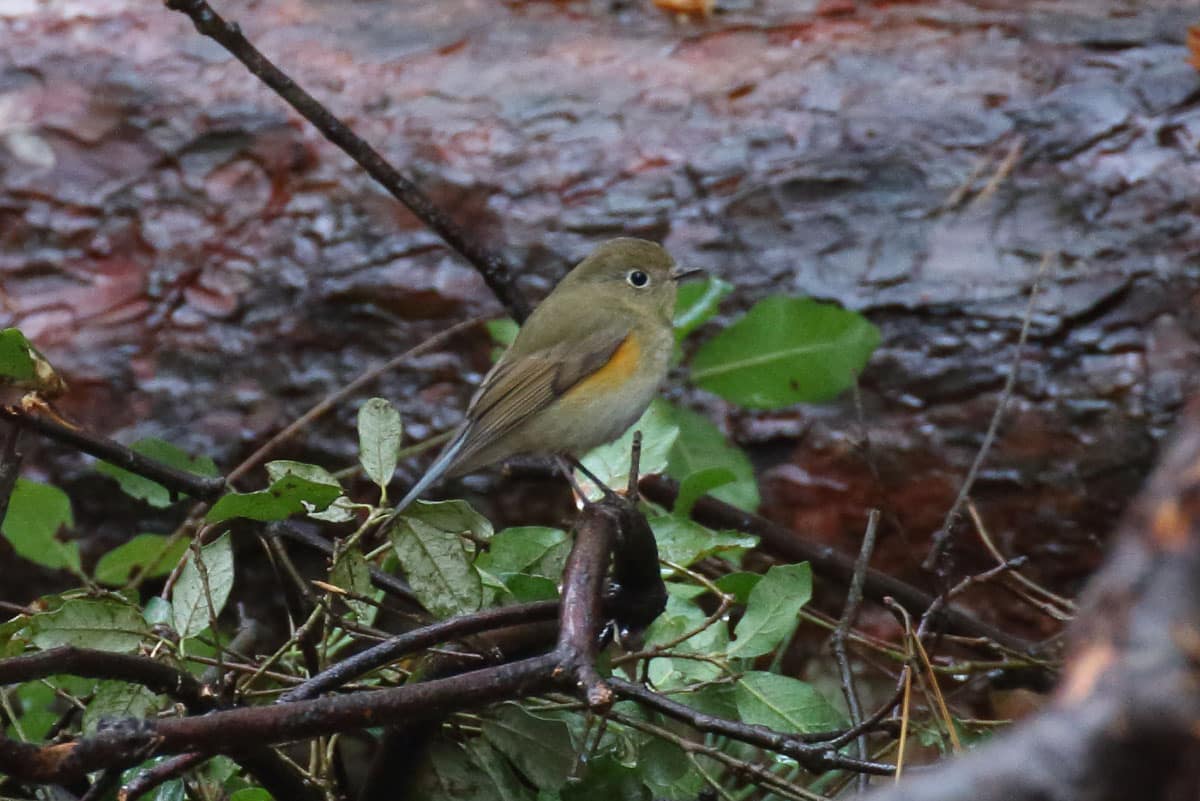
Red-flanked Bluetail on the Holkham National Nature Reserve c. Andrew Bloomfield
Most of the rarities were elusive and hard to see but not so an obliging Long-eared Owl that was found roosting in a marsh side bush over 3 days. Long-eared Owls used to nest at Holkham intermittently but have not done so for many years, so these days are only recorded rarely on migration. The chance of watching one is something that seldom happens so in this instance many people came to observe it.
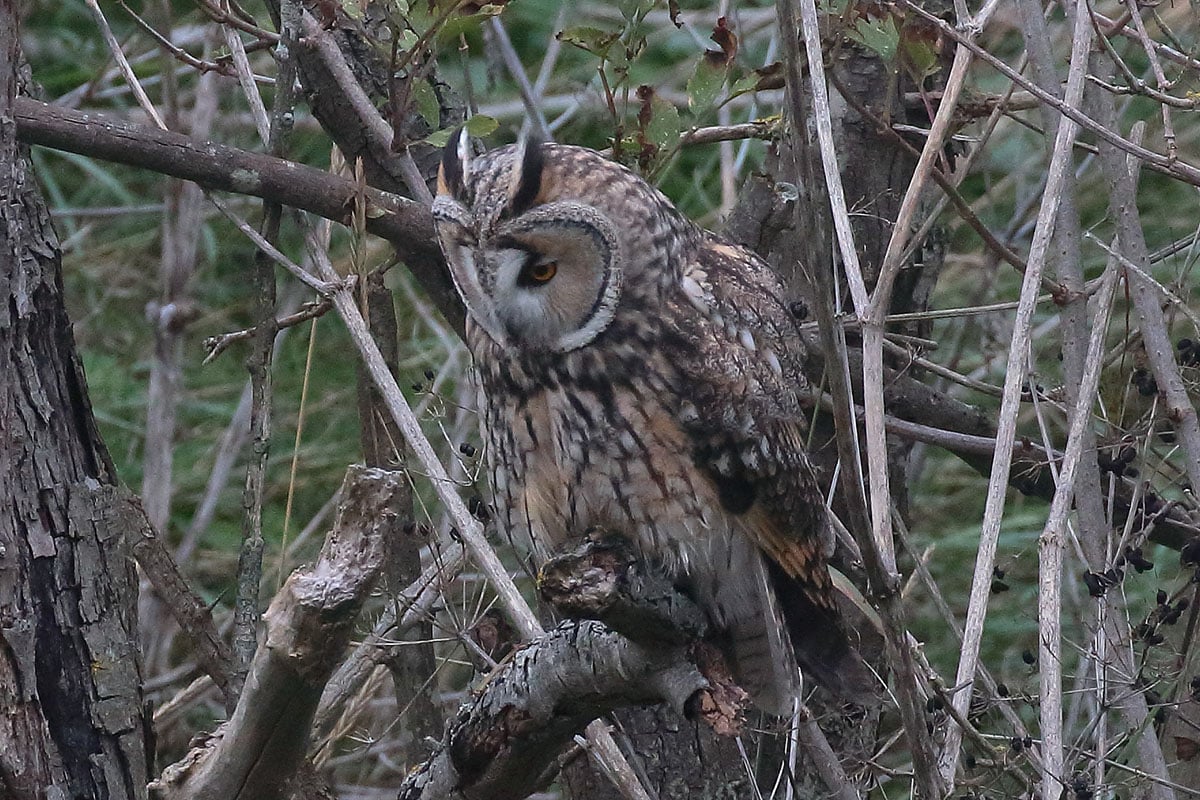
Long-eared Owl on Holkham National Nature Reserve c. Andrew Bloomfield
Another highlight was a juvenile Osprey that stayed for the best part of three weeks on Holkham Lake. It was also seen foraging the shoreline and nearby Wells Harbour in search of fish so was not always present on the lake. When it was, it would often be perched on a dead tree before plummeting down into the water to catch a fish. This year was a remarkable one for the Osprey in Norfolk as a pair nested in the Norfolk Broads, the first time in modern history. With that in mind, could the species ever nest here in the Holkham area? We know a pair once started to build a nest back in 1970 in a tree near the lake. Perhaps it was the very same tree where this year’s bird made its temporary home. As the species has become more numerous in the Midlands in the last 20 years, such a thought is not quite as far-fetched as it once would have been.
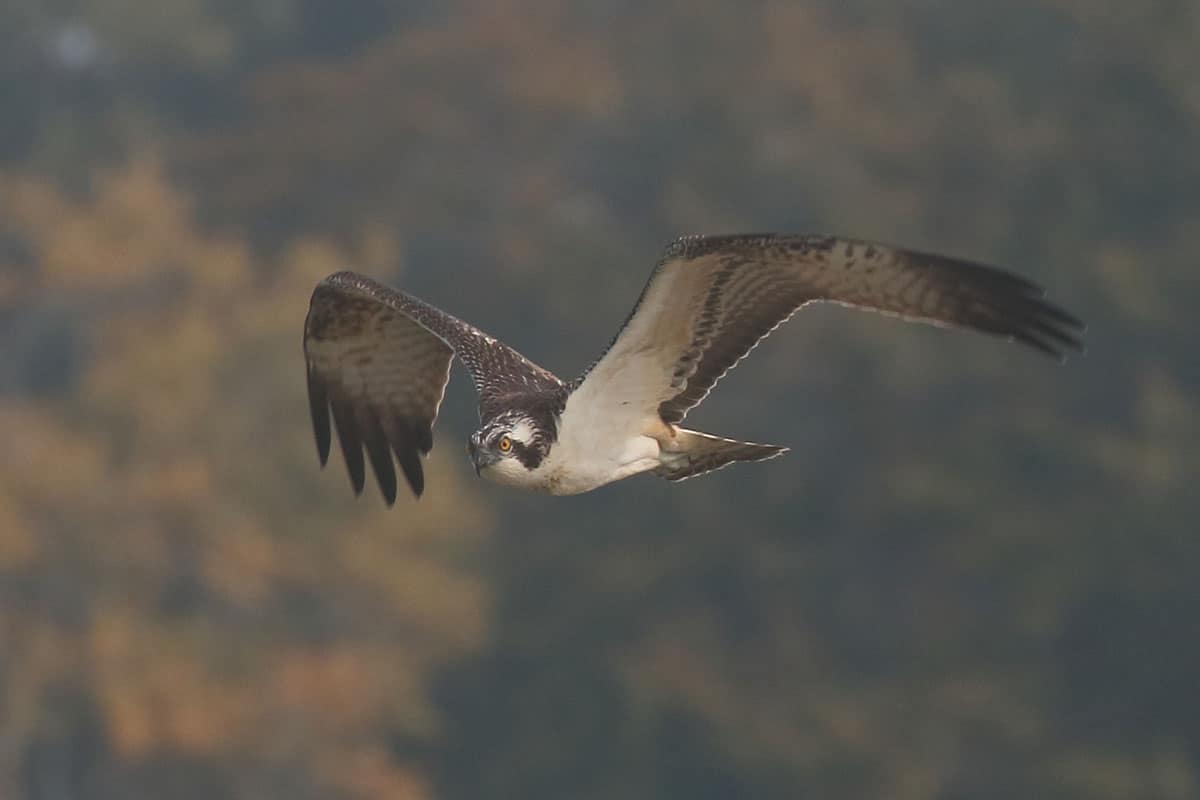
Osprey at Holkham c. Andrew Bloomfield
Wall Brown butterflies maintained their presence in the first two weeks but it was pretty much the end of the insect season as autumn progressed. Fungi were however starting to appear and a new species for the reserve was seen this month; the Snowy Inkcap found on horse dung (see top image)
What to look out for in November
As the winter progresses, we hope that it will rain and water levels will rise. At the moment the marshes remain very dry and consequently numbers of wildfowl are low. November should in theory start to welcome large numbers of Pink-footed Geese, Wigeon and Teal, whilst the beach will hopefully welcome our regular wintering Shore Larks back.
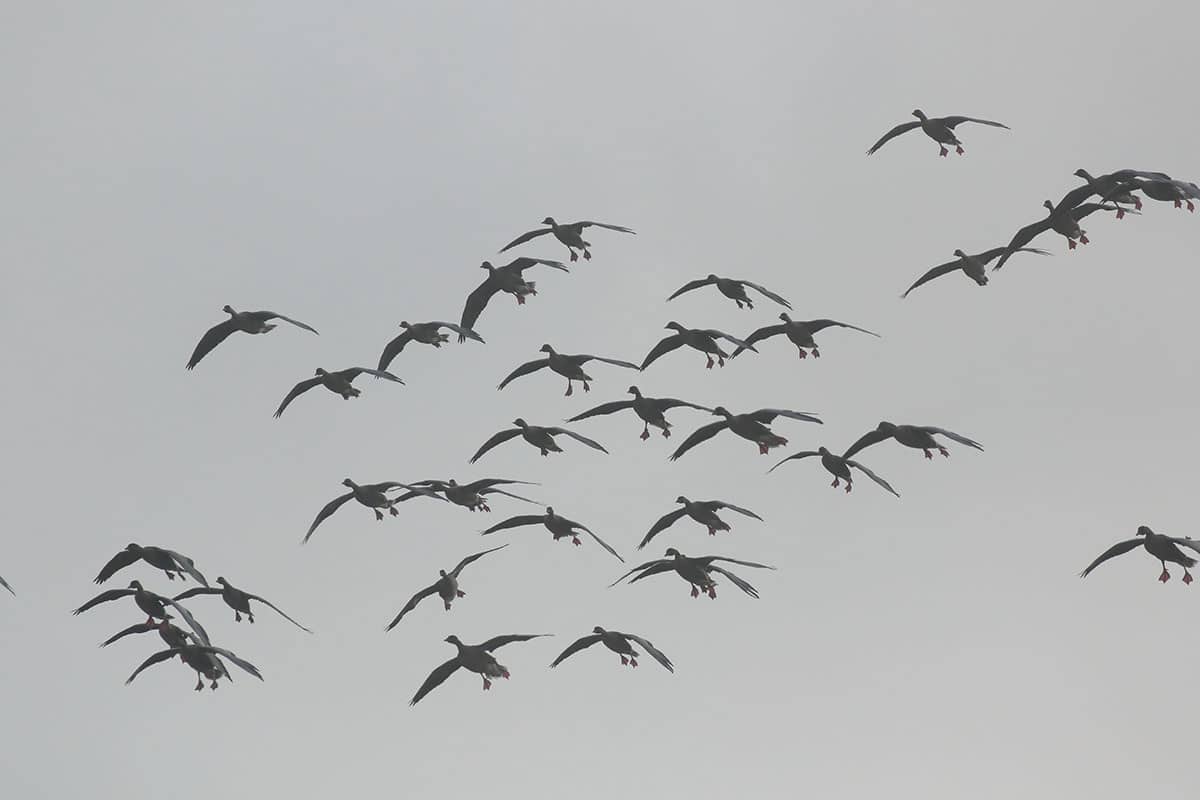
Pinkfoot Geese on Holkham National Nature Reserve c. Andrew Bloomfield
For daily updates, follow us on Instagram @holkhamconservation
Back to Journal Back to Journal
Related journals
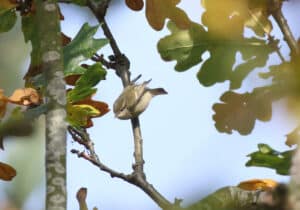
Conservation conversations: November 2025 on the Holkham National Nature Reserve
Nature news
Read more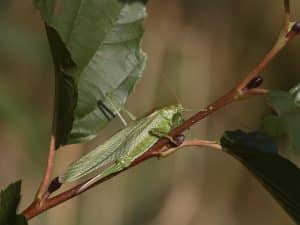
Conservation conversations: October 2025 on the Holkham National Nature Reserve
Nature news
Read more